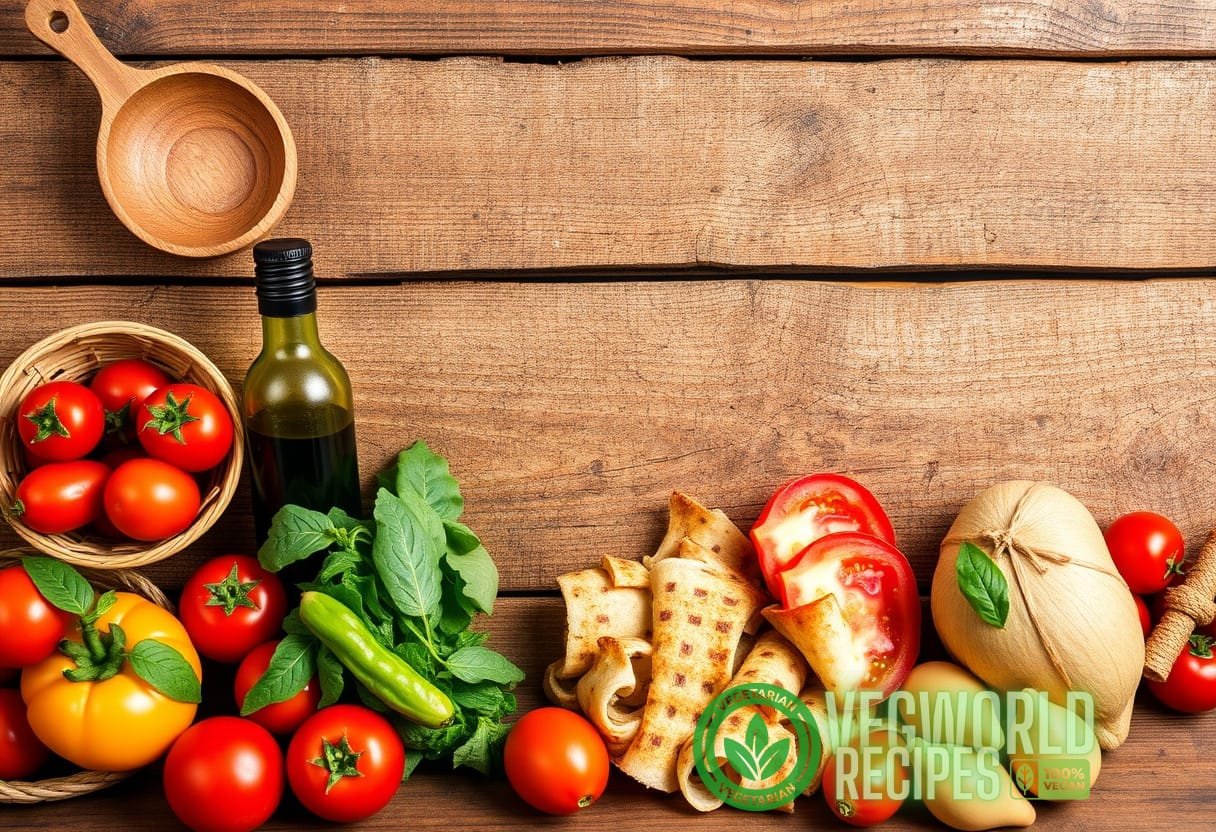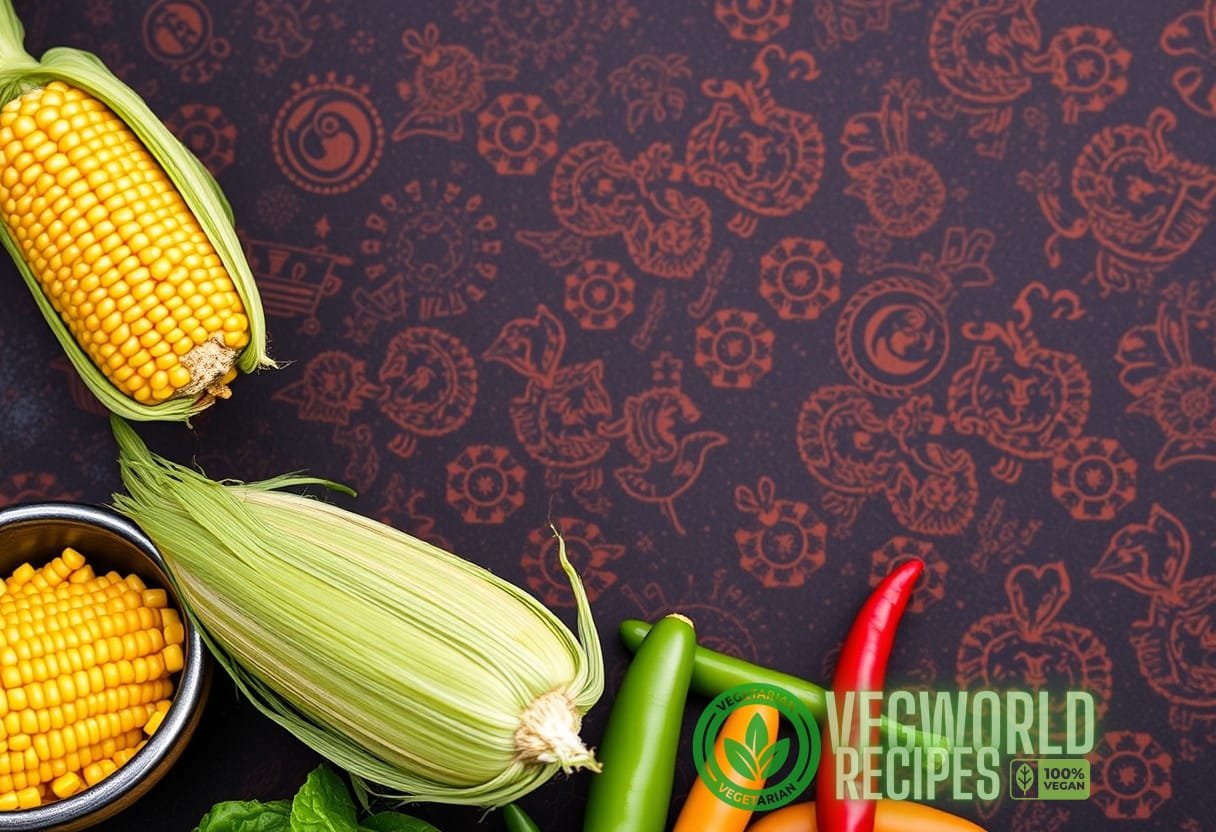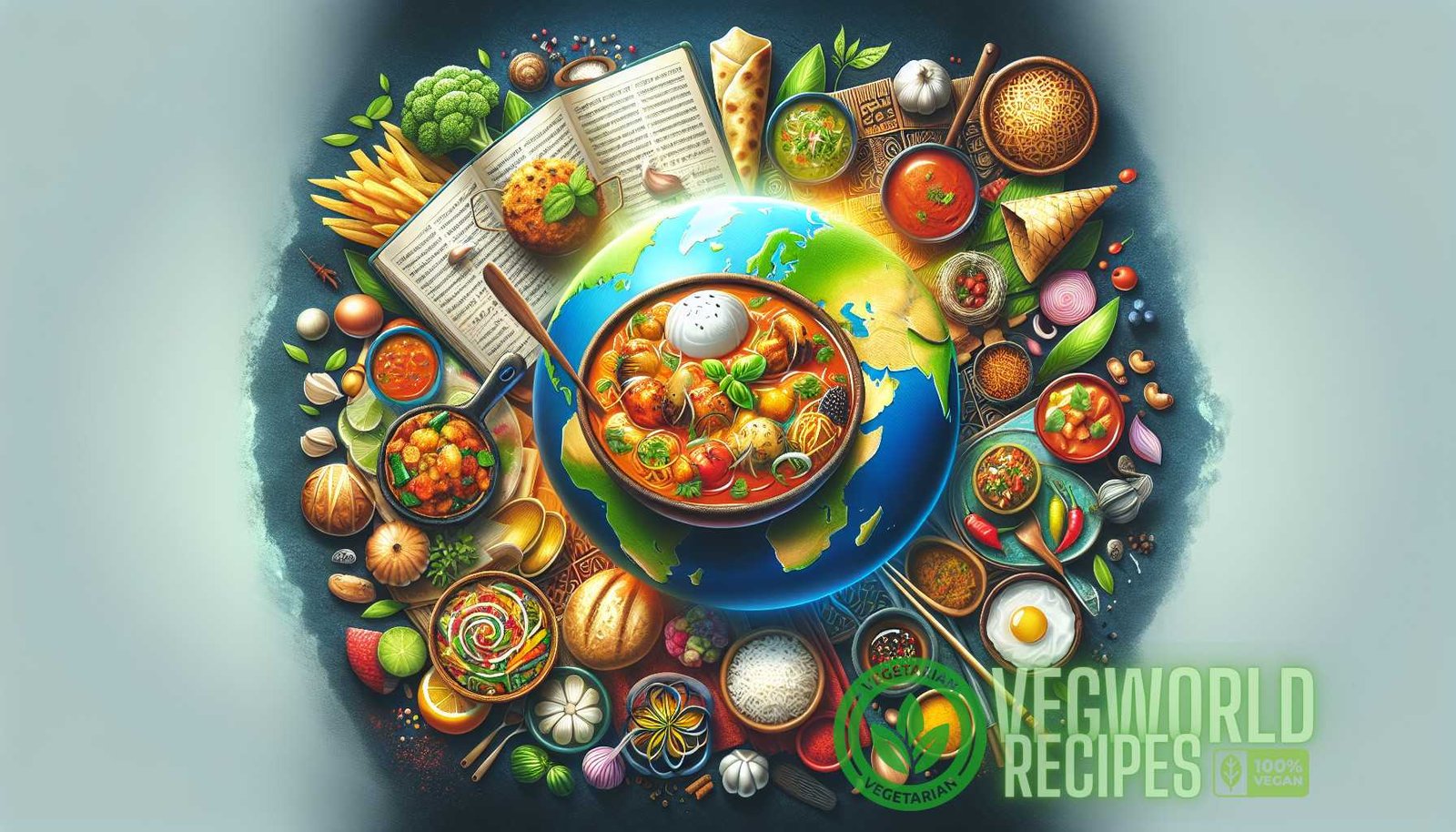Flavor Evolution: Investigating the Impact of Climate and Geography on Global Culinary Practices
The concept of “climate cuisine impact” is an essential consideration in understanding world cuisines. Food preferences and culinary practices vary significantly around the globe, influenced by climatic conditions, geographical features, and available resources.
The Role of Climate in Shaping Culinary Practices
Climate plays a crucial role in determining what ingredients are available to different regions. Seasonal variations can affect cultivation, food preservation methods, and food consumption patterns. Here are some key aspects of climate’s impact on culinary practices:
- Temperature: Regions with warmer temperatures tend to favor lighter dishes with fresh ingredients. For instance, Mediterranean cuisine often emphasizes fresh vegetables, seafood, and healthy fats like olive oil.
- Rainfall: Areas with abundant rainfall are likely to produce a variety of crops, impacting local diets. For example, Southeast Asian cuisines use a vast array of herbs and spices thanks to favorable growing conditions.
- Seasonality: Understanding seasonal shifts is vital in areas with distinct seasons. In colder climates, hearty and preserved foods like stews and cured meats are prevalent, while warmer regions may focus on fresh produce.
The Influence of Geography on Local Ingredients
Geographical features such as mountains, rivers, and oceans dictate the accessibility of certain ingredients, influencing cuisine development in the following ways:
- Mountains: In areas featuring mountainous terrain, agriculture can be challenging. Thus, traditional dishes often incorporate preserved foods, as seen in the cuisines of the Andean regions of South America.
- Coastal Regions: Coastal areas generally have access to seafood, which plays a central role in their culinary practices. For example, Japanese cuisine extensively utilizes a variety of fish and seafood, appearing prominently in dishes like sushi.
- Islands: Island nations often rely on local food sources that include unique fruits, vegetables, and seafood. For example, the cuisine of Hawaii showcases a diverse array of ingredients brought by immigrants, influenced by local agriculture.
Case Studies of Climate Cuisine Impact
Understanding how climate and geography influence culinary practices can be best exemplified through specific case studies:

Mediterranean Cuisine
Originating from Southern Europe, Mediterranean cuisine exemplifies the influence of a warm climate and abundant sunshine which affects ingredient availability:
- Olive Oil: The region’s climate is ideal for olive cultivation, making olive oil a staple ingredient.
- Tomatoes: The prevalence of tomatoes in numerous Mediterranean dishes is a direct result of the favorable growing conditions.
The combination of these ingredients leads to dishes that are specific to this region, highlighting the impact of climate on culinary practices.
Nordic Cuisine
Northern European countries are characterized by colder climates, which shape their culinary traditions significantly:
- Pickling and Fermentation: The preservation techniques like pickling and fermentation became prevalent due to the need to store food through long winters.
- Root Vegetables: The cold climate favors root vegetables, evident in traditional dishes like gravlax and hearty stews.
Global Trends in Culinary Evolution
As global temperatures change and populations migrate, culinary practices continue to evolve. Here are some emerging trends influenced by climate change:
- Plant-Based Diets: A shift towards more sustainable, plant-based diets is becoming evident in many cultures, responding to both climate concerns and health awareness.
- Fusion Cuisine: Migration and cultural exchange have given rise to fusion cuisine, combining elements from various cultures to create unique dishes.

The Interplay of Culture and Climate
Culinary practices are not just influenced by climate; local traditions and cultural heritage also play a significant role. For example, in Mexican cuisine:
- Maize: The crop has ancient roots in Mexican culture, providing a fundamental base for various dishes.
- Chili Peppers: The climate allows for the growth of spicy ingredients that characterize traditional recipes.
This cultural framework can affect food preparation styles, flavor profiles, and dietary customs unique to each region.
Research and Data Supporting Climate Cuisine Impact
Multiple studies have explored how climate influences food production and consumption:
- A study by the Nature Climate Change Journal emphasizes the shift in agricultural zones due to rising temperatures, altering what foods can be grown successfully.
- The Food and Agriculture Organization highlights the relationship between climate change and food security, showcasing how climate affects global culinary practices.
Conclusion: Embracing Diverse Culinary Practices
Understanding the impact of climate and geography on culinary practices allows us to appreciate the diversity of world cuisines. Each dish tells a story of the local environment, cultural heritage, and climate influences. As we face climate change and sustainable food sourcing challenges, examining these culinary practices will enrich global conversations regarding food security, nutrition, and cultural exchange.
By recognizing the connection between climate and cuisine, we can better understand our food choices and their implications on our planet.



